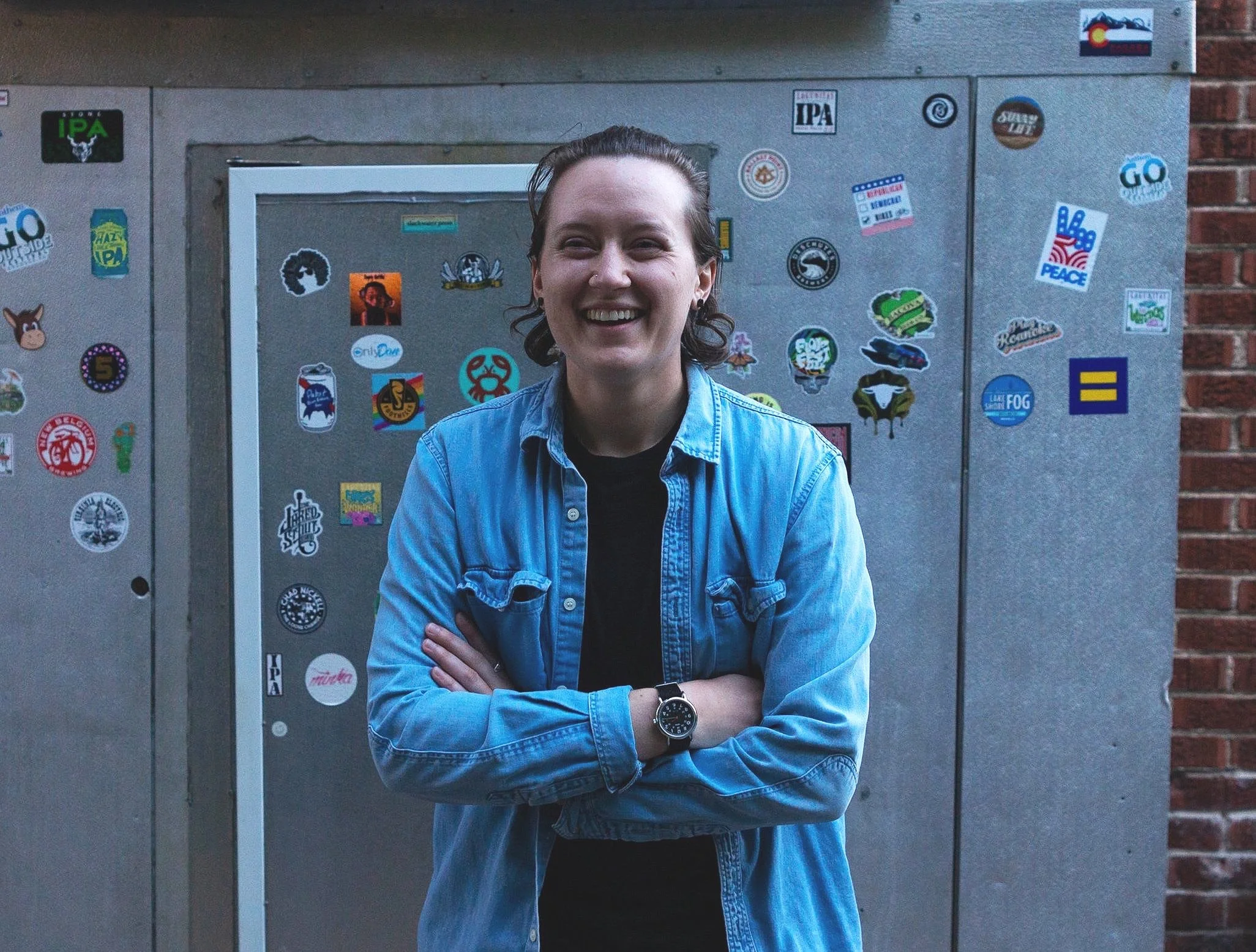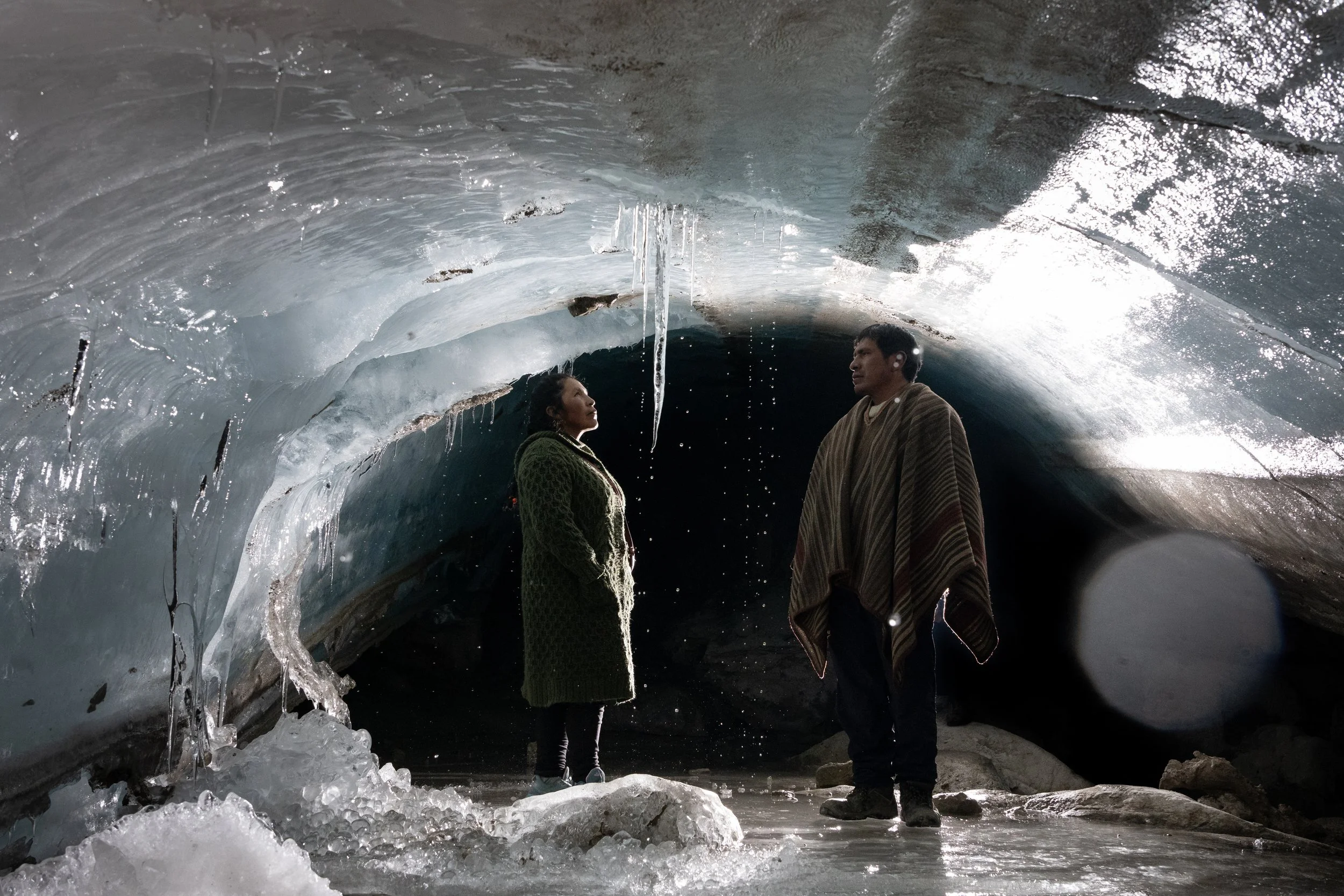A UNICEF report released in 2006, claimed that the child sex industry in Kenya could involve between 10,000 to 15,000 children. By 2010, UNICEF estimated that about a third of children in Kenya’s coastal region could be involved. The magnitude of this atrocity is hard to gauge, with organizations lacking official, up-to-date figures. But one thing is for certain, it is on the rise.
Child prostitution is fuelled largely by international sex tourism. The intense poverty of Nairobi’s lower income communities, where violence and alcohol are common occurrences, become an easy trap for children. In an effort to supplement their family’s income, and fuelled by the need to survive, young girls are often encouraged to immerse themselves in these exploitative behaviours.
PHOTO: Joey Paynter
Believing in the healing powers of the arts, and driven by the desire to live in a world free of the scars of sexual violence, Brittanie Richardson, a survivor of sexual violence herself, founded Art and Abolition. The non-profit organization aims to remind female victims of sexual abuse as to what childhood should be like, using creative and imaginative tools. “Art and Abolition is a solidarity movement that restores justice to young girls in Kenya who have been forced into sex slavery, by offering art therapy, education and economic empowerment programmes to survivors and their mothers,” Richardson said.
After training with the Freddie Hendricks Youth Ensemble of Atlanta as a teenager, Richardson found healing, and hopes to administer that feeling to young girls enduring situations of a similar fashion. Art and Abolition’s work begins in the homes of victims. Girls are welcomed into the shelter where the organization then covers the complete cost of therapy and education through a sponsorship program. During these initial months, Richardson and her team attempt to reconcile the victim with her family and make sure that her house becomes a safe home once again.
PHOTO: Joey Paynter
The goal is to not only change the lives of the abused, but also to alter the mentality of their families and communities. Art and Abolition uses an economic empowerment program to raise community awareness and promote education at large. For those whose home lives are too dangerous, Richardson opens up her home as a foster mother and affectionately refers to them as “her daughters”. To this day, Richardson can still recall one of her most harrowing experiences at work.
“One of our girls was about 11 years old when we got her,” Richardson said. “One day she was paid 50 cents to go and hand wash clothes for a neighbour.” Richardson recounts the sexual abuse that transpired between the girl and her neighbour, ultimately traumatizing her, until recent strides with the Art and Abolition programs. “She has bloomed like a flower,” Richardson said. “She has healed from PTSD and suicidal thoughts through psychotherapy and art therapy. She also now gets the best grades out of all the other girls. She started from the bottom but has risen to the top.”
It is the small personal successes that keep Richardson going. The gut-wrenching truth is that thousands of young children will be dragged through a life of exploitation and poverty, but it is front-line organizations like Art and Abolition that make the most impact for a brighter and safer future.
PHOTO: Joey Paynter
Click here to learn more about Art & Abolition and show your support.
This article was first featured in PWB Magazine #8, on sale now.















